We present our innovative MyKal lime mortar: Uses and benefits.
Great ancient civilizations already knew its efficacy and to this day it is still considered one of the most effective materials in decoration and restoration. We are talking about lime mortars, a building material that was popular over 2000 years ago, in historically relevant civilizations such as Classical Greece, the Roman Empire, and even, Ancient Egypt.
Such is their potential that they are currently considered one of the most used materials for space renovation. Its quality has been proven over the centuries and, in this article, we will answer some of the most curious questions about this amazing material. We will also present our new MyKal lime mortar, an elite product that, through its application, professionals can generate exclusive high value decorative Tadelakt style coatings.
Lime mortar: what is it?
But what exactly is it? Lime mortar, or as it was known to the ancient Romans, mortarius; is a preparation made up of lime, aggregates, and natural additives, a composition that gives the coating a bioclimatic character, making the support very permeable, which improves breathability, without losing its watertight characteristic. The lime used can basically be of two types: air or hydraulic. Air lime will carbonate when it comes into contact with air, unlike hydraulic, which occurs after it has set in water.
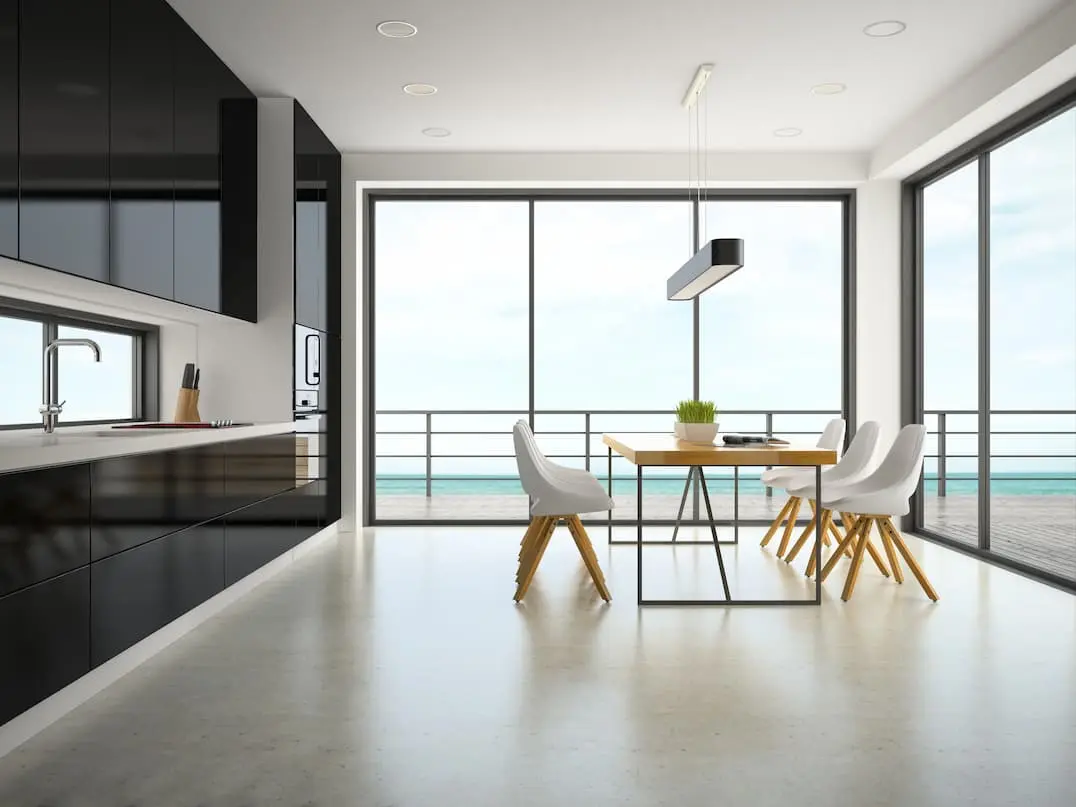
Lime has the property of hardening when exposed to air, which causes the creamy paste spread over the surface to begin to transform into a solid crust that hardens because it undergoes an evaporation of its water due to the chemical alteration experienced by its components. In this way, the lime mortar becomes a protective film a few millimeters thick, but with the strength and hardness of stone.
One of its best qualities is that if it is a mortar made based on quality lime, it will not deteriorate over the years, but on the contrary, it will gain superior consolidation. To reach this state a total carbonation of the material must occur, which requires several months to evaporate all the water. The first hardening is achieved in the first 24 hours, which occurs from the surface to the interior, eliminating the water that resides in the mass and reaching up to one millimeter thick.
The great qualities of lime mortars
Despite being a material used for millennia, its popularity continues to increase over the years. Both its technical and aesthetic properties are responsible, which have put this product in the spotlight of the great professionals in decoration and restoration. Its sustainable character and its unique appearance have made lime mortar replace other more traditional materials that have been the main players in recent decades, such as cement.
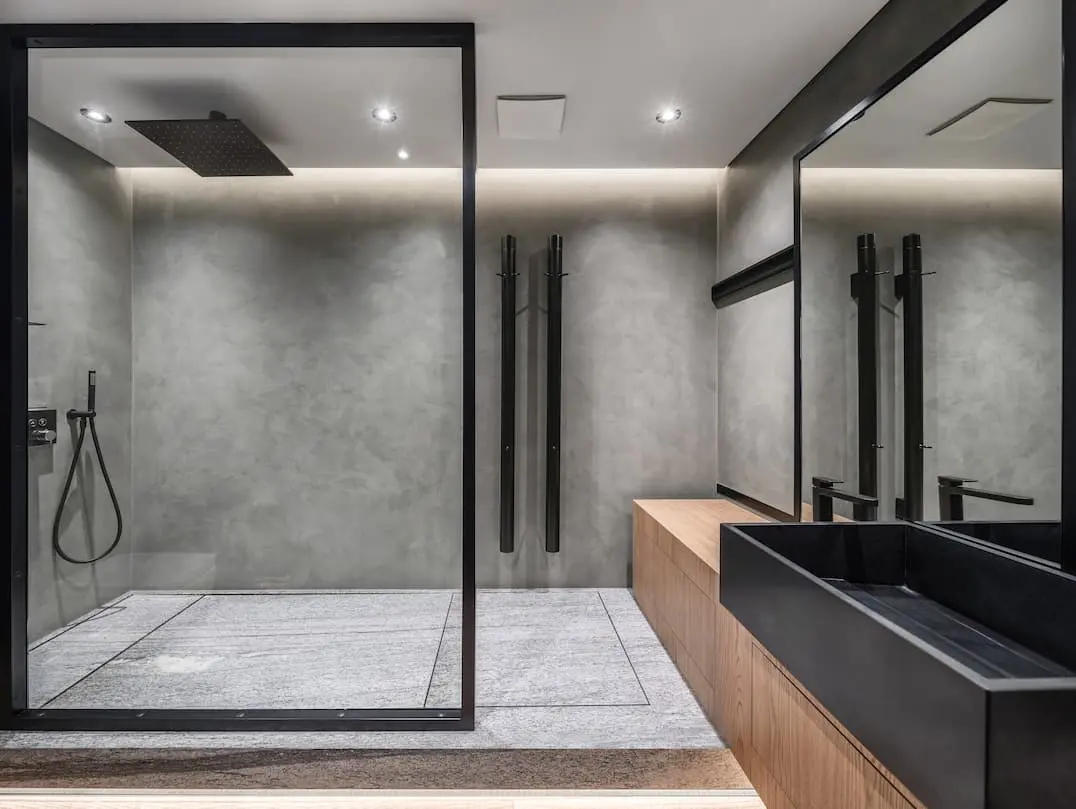
Next, we will detail the great benefits of this decorative material, which is proving to be a real revelation in the restoration sector:
Fungicidal action
This material is defined by its high level of alkalinity, which gives it spectacular properties as a fungicide and natural disinfectant. In this way, it satisfactorily prevents mold stains, the proliferation of fungi, as well as the appearance of spores that can be highly harmful to humans.
Biodegradable Material
This is a sustainable material since it is composed of natural materials and its manufacture does not require kilning lime mortar at high temperatures.
Greater breathability
An extremely important property. The lime applied on surfaces allows for the disposal or absorption of water through a moisture exchange, preventing excessive environmental moisture. It ensures that the applied support does not asphyxiate, which guarantees an improvement in resistance and therefore, durability.
Resistance to atmospheric phenomena
Lime mortars have the advantage of being equally effective under various climatic conditions. They have a high tolerance to rain, humidity and solar radiation. This makes it a material that is equally effective in both indoor and outdoor environments.
Exclusive finishes
It presents a very particular beautiful aesthetic, providing the space with a special texture as well as great hardness, which allows it to have a long durability.
Less shrinkage and cracking
They result in spaces that enjoy a long lifespan as they are a mortar that neither cracks nor blisters.
High coefficient of expansion
Lime has the capacity to shrink or stretch to mold its shape to different environments due to its high level of plasticity. For this reason, its use is often aimed at decorating walls, both exterior and interior.
Lime mortar and its types
When we talk about lime mortar, we understand it is a mixture between one or more binders where the base should always be: lime, aggregates, water and sometimes some additives or additions that will vary. There are different types and we will delve into the classification according to the composition and setting process.
Air Lime
In this type of mortars, the hardening occurs through contact with the air, which produces a process of evaporation from the outside to the inside, thus being somewhat slower and more vulnerable to weather conditions.
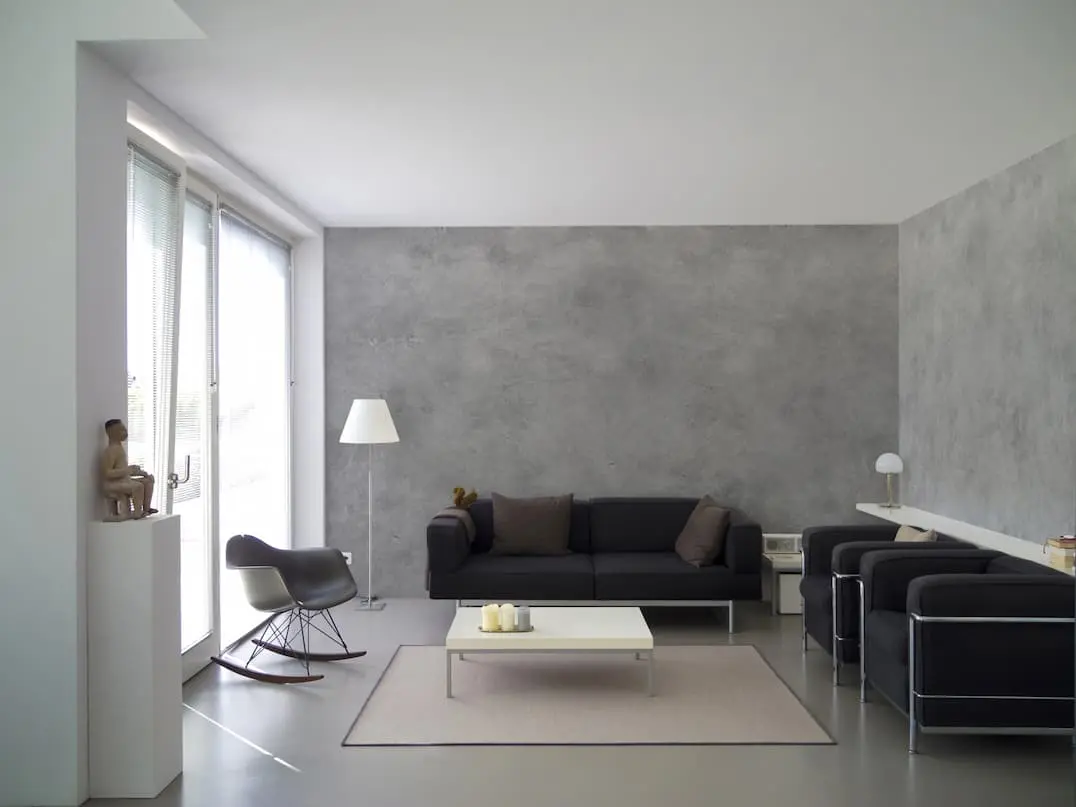
Hydraulic Lime
On the contrary, hydraulic lime mortars have a hardening that is not affected by high humidity environments. In this way, it hardens when in contact with air and water equally. This type of mortar offers the possibility of obtaining it completely naturally, directly from the stone, or by industrial manufacturing. Its great advantage, unlike air lime, hydraulic lime confers higher resistances in less time.
Lime and sand
Depending on the intended use, the proportions of lime and sand will vary. If it's for plastering, one part lime to one part sand will be used; in renders, one part lime to two parts sand; in brick walls, one part lime to three parts sand; in masonry walls, one part lime to four parts sand.
Lime and cement
The same applies to lime and cement, so the mixture will be carried out according to the application it will be given. It's worth noting the importance of using an appropriate amount of water, as an excess could cause it to evaporate and end up generating a decrease in mortar strength. In the case of not enough water, it will result in a worse workability of the mass.
Applications of lime mortar
Its use is varied, guaranteeing in all cases impeccable results of great decorative value and with the property of giving structures a long service life. Its effectiveness is such that it knows no limits, giving rise to a material that is applied in homes all the way to heritage buildings.
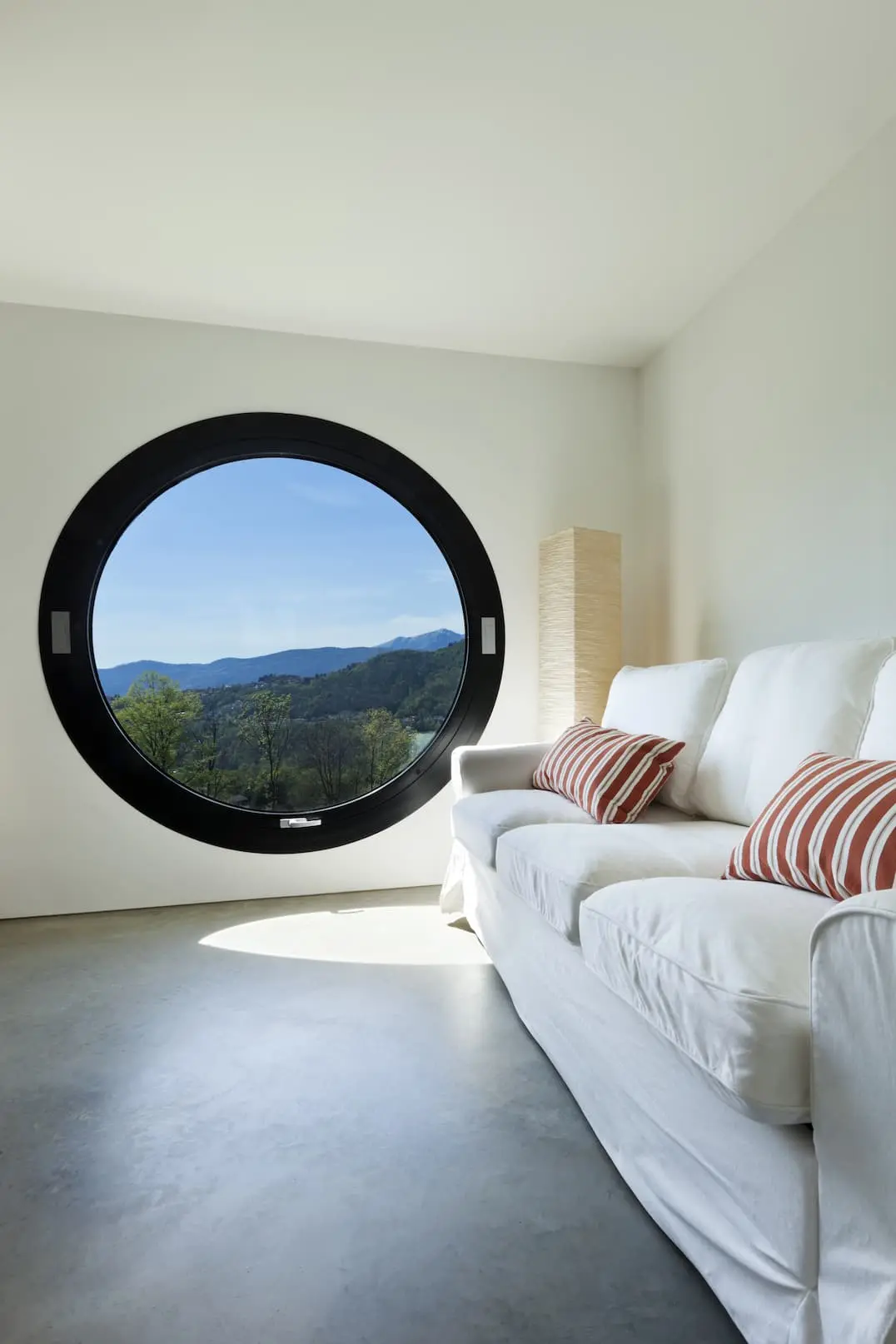
In general, we will show you its most common and popular uses within decoration and restoration:
Coating of walls or surfaces located in places of high humidity in order to provide them with greater protection, as well as, solve salinity problems.
Old stone work.
Ceramic block masonry.
Sanitation of walls.
Recovery of walls and grouting.
Stucco, tadelakt, plated, etc.
Traditional rough finish plasters.
Pavements and vaults.
Coatings in matte, gloss and troweled finishes, of high decorative value.
Creation process of lime mortar
It is recommended that the mixing of the various elements that make up the lime mortar, be done just before being applied to the support, whether floor or wall. This mixture will provide us with more optimal results if it is done with an industrial mixer, although there is also the possibility of doing it by hand. Once this is done, we will review, step by step, the creation and application process of the lime mortar.
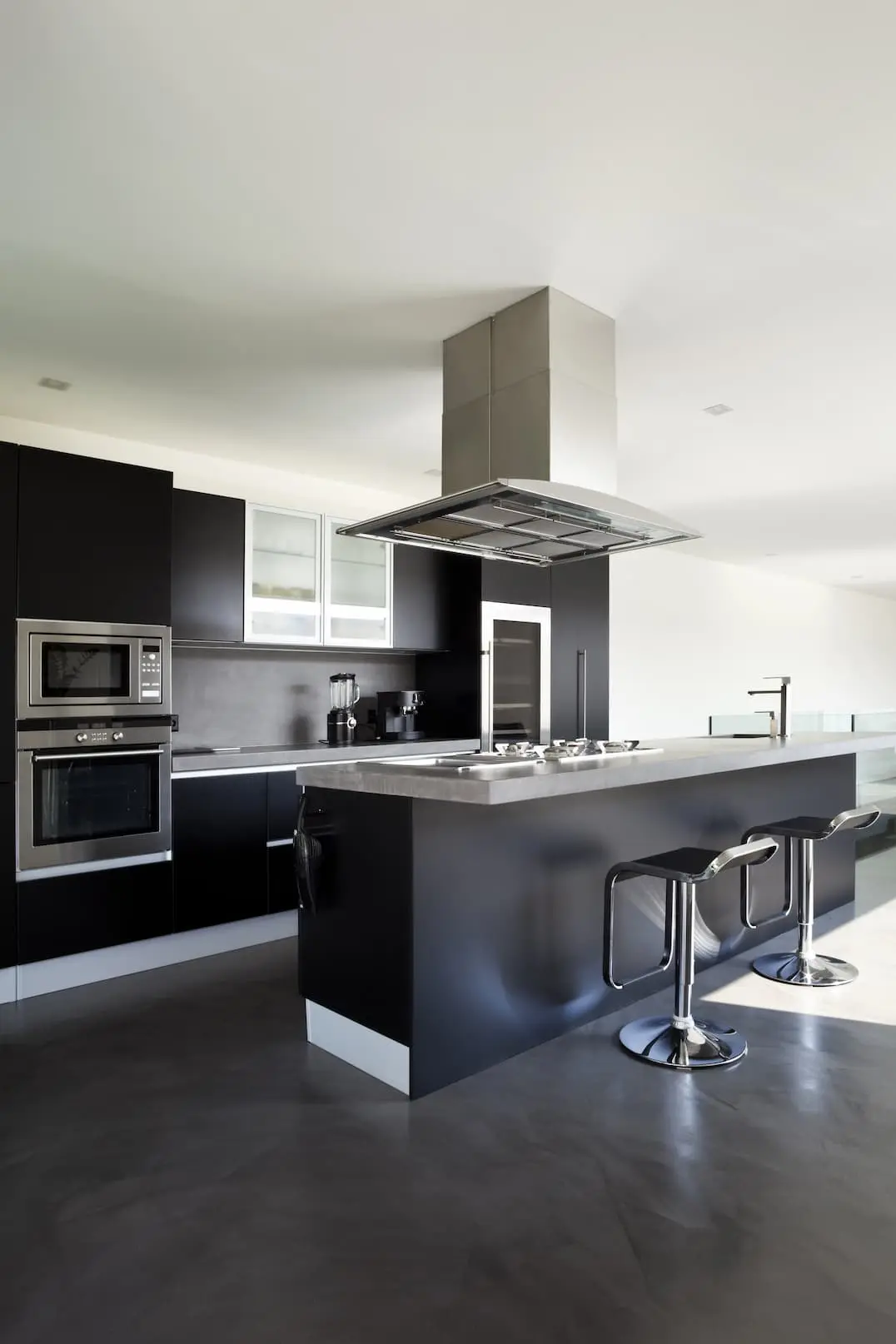
1. Calculation of the proportions to mix
The calculation of the quantity needed for each component: lime, water, sand, cement, must be done accurately. The proportions will vary based on the type of lime mortar, as well as the use to which it will be put.
2. Add and mix the aggregates to the mortar
Next, proceed with the mixing of the aggregates to be added to the mortar. The most common is usually sand or, consequently, gravel. They should be mixed following exactly the amounts required by the formula.
3. Application of lime mortar
We arrive at the last step. Once a perfect mix has been achieved and the mortar has dried, it is time for it to be applied. Professionals advise that it be placed on the top so that it expands in that area. Remember, the longer it takes to dry, the better resistance and durability properties it will have.
As a tip, we recommend using hydrated lime in the mix, so as to make the mortar dry faster. This occurs because when lime comes into contact with water, it reacts and produces crystals, which guarantee greater hardening and favor the product settling.
Finally, it must be applied with the help of a trowel, the acquired mixture on the surface to be plastered.
Lime mortar: a winning option for facades and bathrooms
The structures that are located outside, such as facades, have the great disadvantage of being constantly exposed to the weather, which causes them to be continuously exposed to weather inclemency, affecting the state of the surface and wearing them out. All of this, added to the passage of time, makes their deterioration inevitable. It is at this point that it becomes necessary to carry out some kind of renovation in order to make it shine again with the same beauty with which it shone years ago.
To reach this goal, lime mortar is the ideal material that will help us solve the problem efficiently. It is the perfect product for the rehabilitation of facades, whether of a private home, even emblematic or heritage buildings. Its finishes will be exceptional, providing sophisticated results that blend perfectly with the rest of the structure.
Its potential will give a more rejuvenated appearance while providing better performance in terms of mechanical and chemical resistance, thus making the facade enjoy better properties that will give it a long useful life. It is worth mentioning its high pH, a characteristic that will also prevent the development of mold, fungi, or derivatives.
In bathrooms, something similar happens. They have the advantage of not suffering from weather factors, however, the high humidity and constant contact with water make it necessary to use a coating that provides greater resistance against these elements. Lime mortar gives us a material with great resistance to humidity and that, as we have mentioned before, has surprising fungicidal and disinfectant qualities.
Introducing the new lime mortar from MyRevest: MyKal
At MyRevest we have joined the change, in order to offer a more sustainable product that helps reduce the ecological footprint. Based on this, we have developed our new line of two-component microcement (cement and lime)MyKal, a product that aesthetically looks similar to tadelakt coating, as well as Venetian stucco and even exposed concrete; but reinventing it, in order to offer improved features that point to greater efficiency in restorations.
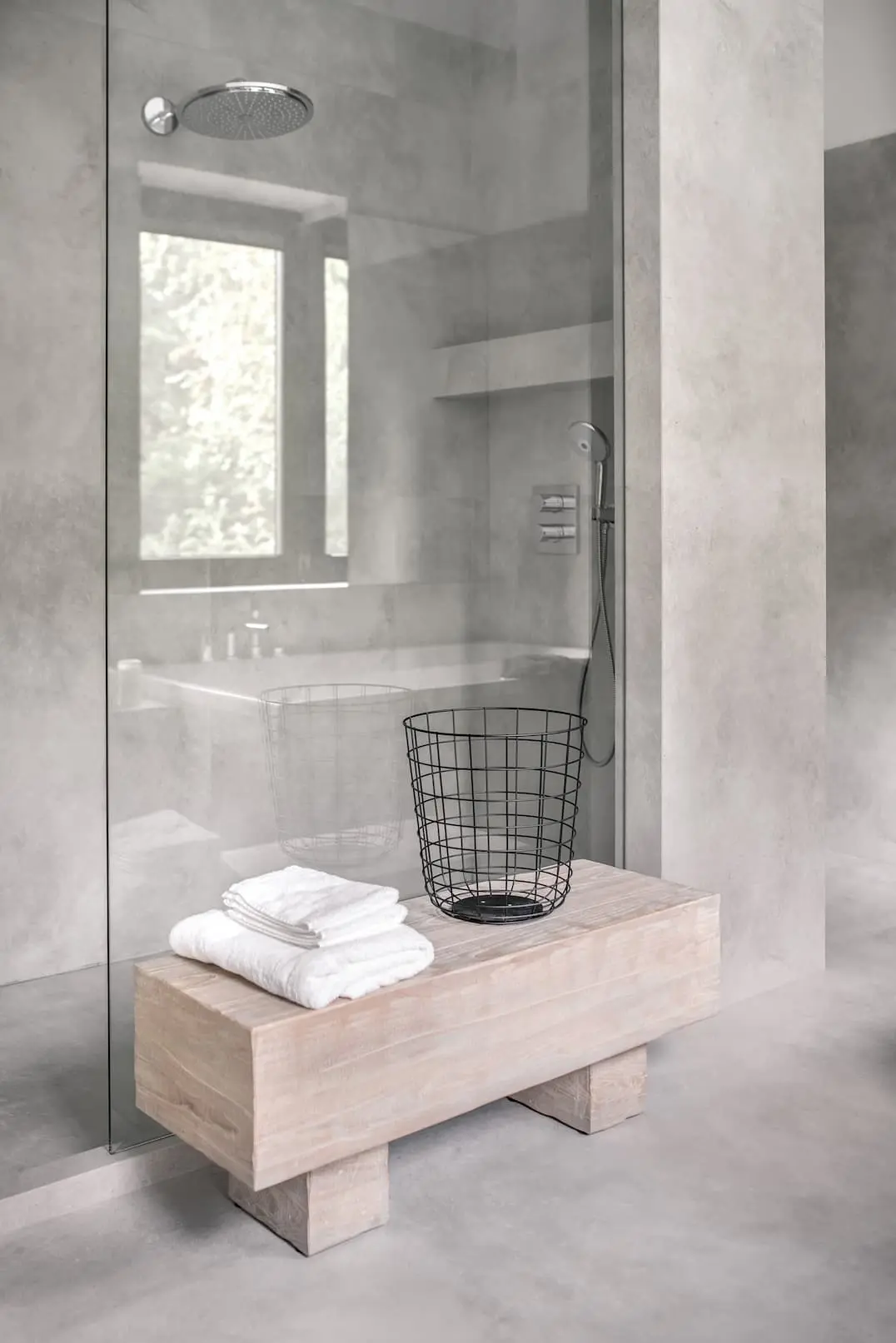
With the MyKal line, you will get a high-quality lime mortar, that will work effectively on exterior and interior coatings, as well as floors and vertical surfaces, guaranteeing results of high decorative value and long durability, all contained in a material of a mere 3 mm thickness, which will provide the support with greater chemical and mechanical resistances.
Benefits of working with MyKal
It offers high adhesion that allows it to faithfully adapt to all types of surfaces or supports, such as: cement, tile, metal, brick, plasterboard, plaster, concrete...
It guarantees a completely joint-free continuous finish.
It allows to perform "fresh on fresh", which gives it a more unique and exotic decorative effect.
Sustainable coating that generates minimal environmental impact.
Surfaces will experience low shrinkage and will not crack.
High mechanical and chemical resistances.
Granulometry of MyKal microcement
The MyKal line contains up to 4 different products that vary according to the size of the aggregate, so the coarsest one is our MyKal XL (0.4 mm), a multifunctional microcement that was initially developed as a preparation coating, but that it has been proven to be just as efficient when applied indistinctly also as a finish.
MyKal L (0.3 mm) is our second product that presents the coarser grain. Its high thickness, although thinner than the previous one, gives the surface superior resistance, leading to stable and firm finishes, but of greater sophistication.
MyKal M (0.2 mm) and MyKal S (0.1 mm) are our two lines of tadelakt microcement dedicated to application as a finishing product. The difference between these two materials lies in that the first one can be used both on walls and floors; however, the latter, due to its fine grain, can only be applied on vertical surfaces. In both cases the finishes will be elegant and of unique beauty.
Variety of colors with MyKal
MyKal offers a vast range of up to 34 colors, with which to eliminate decorative limits and give life to various high-quality finishes. The number of colors can be doubled if the surface is smoothed with a trowel, obtaining up to 68 color varieties. And if you still can't find your desired tone, we have an innovative system of pigmented pastes that will guarantee your custom color.
Do not hesitate to contact us through thecontact form, our experts will handle your inquiry about the lime mortar or our MyKal microcement. They will detail everything you need to know until you are completely satisfied.